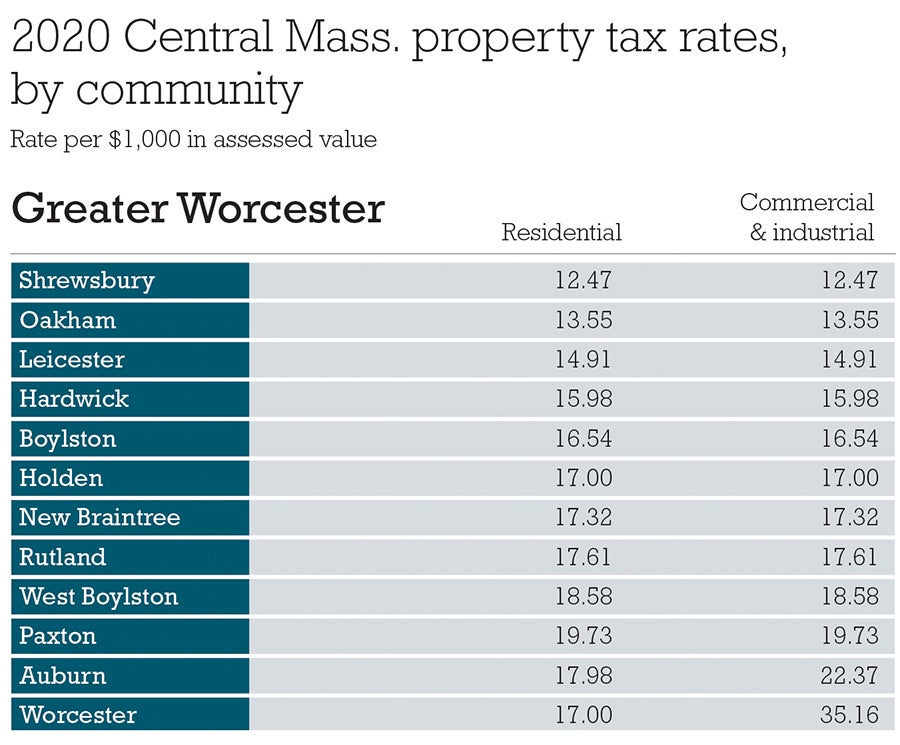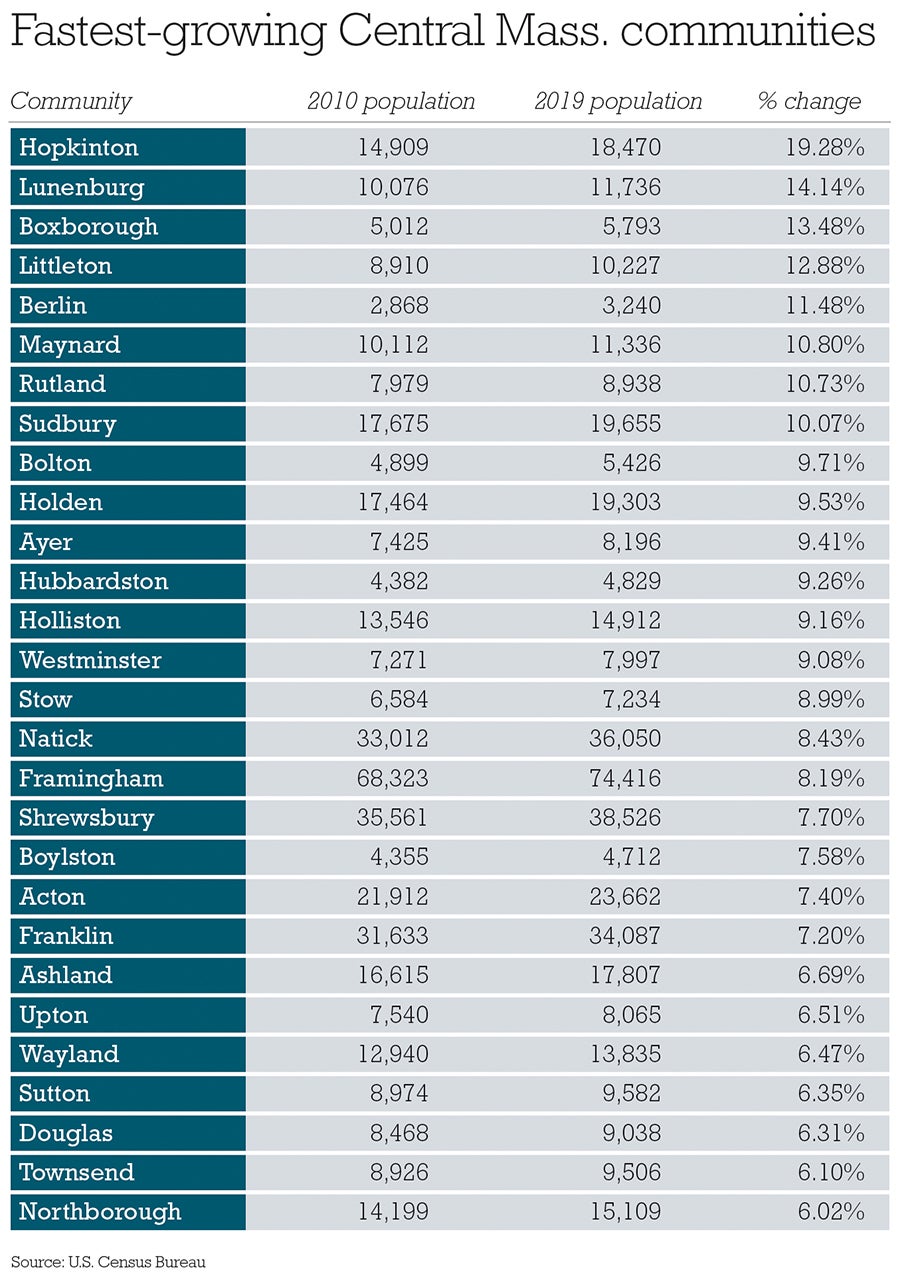When it comes to main streets in Central Massachusetts, town officials uniformly agree: A healthy main street is where foot traffic is king.
Get Instant Access to This Article
Subscribe to Worcester Business Journal and get immediate access to all of our subscriber-only content and much more.
- Critical Central Massachusetts business news updated daily.
- Immediate access to all subscriber-only content on our website.
- Bi-weekly print or digital editions of our award-winning publication.
- Special bonus issues like the WBJ Book of Lists.
- Exclusive ticket prize draws for our in-person events.
Click here to purchase a paywall bypass link for this article.
When it comes to main streets in Central Massachusetts, town officials uniformly agree: A healthy main street is where foot traffic is king.
“The height was in the ’60s,” said Webster Town Administrator Doug Willardson. “People would tell us that the sidewalks on a Friday night were like four-people deep.”
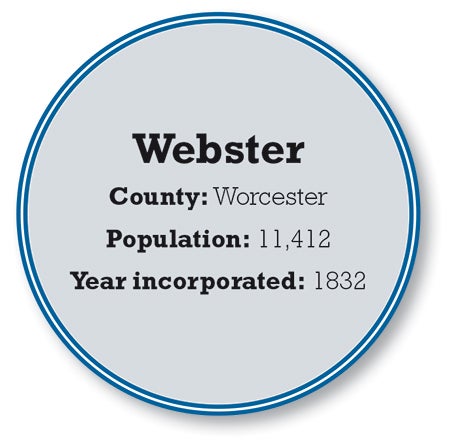
At the time, Willardson said, Webster’s Main Street, a brick-laden stretch of closely-knit two to four-story shop fronts, had everything from hardware shops to barbers and shoe stores.
That’s since changed, as it has in many towns in Central Massachusetts and beyond, as local economies have struggled to maintain their footholds in the face of multiple recessions in the last three decades, as well as the advent of online shopping and increased access to national chains.
The buildings are still there; the people not so much.
Webster’s team effort
For Webster, its struggles were tied to major industrial plant closures in the latter half of the last century, said Willardson. As that happened, town residents were less interested in going downtown. Then, big box stores moved in, making it harder for small, local businesses in the downtown area to survive.
“Probably the low point was early 2000s, where downtown Webster was a place to definitely avoid,” Willardson said.
At that point, retail storefronts went unrented and the residential parts of the downtown area became known for drugs and other illegal activities, he said. But now, with downtown storefront occupancy at roughly 50% and multiple new businesses opening, that appears to be shifting.

Prior to the coronavirus pandemic, there were tenants interested in occupying nearly every vacant retail space, said Willardson, and that interest is returning some eight months later. A semi-upscale Southern American restaurant, Stave & Still, opened this summer to great community fanfare, a CBD store set up shop, and an Italian restaurant from Thompson, Conn. is slated to open soon, all within the same stretch of street.
And more is on the horizon, not just for the vacant storefronts, but also for the streets and surrounding neighborhood. Willardson pointed to increased seasonal planters, plans for a dog park, and increased event planning for the still-new French River Park, which sits between a row of Main Street buildings and the French River which flows behind them.
“We're trying to make it look nice. And I think people appreciate things like that,” Willardson said.
Ann Morgan, Webster’s director of planning and economic development, attributed the push to a confluence of forces, citing the town’s selectmen, business and property owners, its economic development committee and the Webster Dudley Oxford Chamber of Commerce.
“It’s a giant team effort,” Morgan said. “It’s very collaborative.”
Morgan and Willardson said they’re hoping to identify a member of the community who will take charge amid all of the different interested parties.
“Webster has always struggled with money problems,” said Willardson. “So I think that was certainly part of it. And that there was no real go-getter as the focus point or the leader to push it forward.”
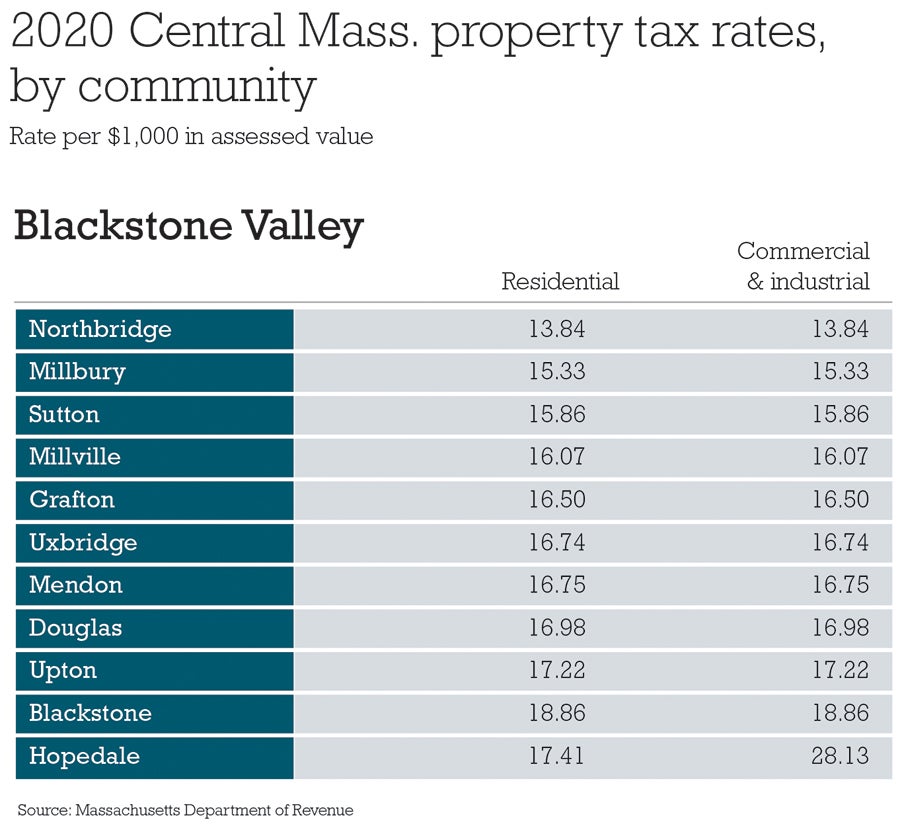
26 years of continuity
On the other side of Worcester, just about as far north of the city as Webster lies south in Massachusetts, is a community with that kind of continuity – Leominster, where Mayor Dean Mazzarella has held office for 26 years.
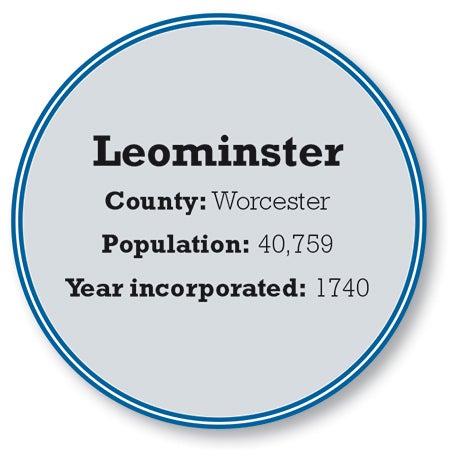
When Mazzarella, a former Leominster police officer who grew up in the city, assumed office in 1994, the country was still in the middle of a recession. At the same time, a generation of local business owners were looking to retire, said Mazzarella, with no one interested in taking over. Box stores were moving in and nearby Fort Devens was closing, taking its staff along with it.
At the time, Mazzarella said, about half of the city’s downtown retail space was empty, as well as about 40% of available office space.
“A combination of all of it just led us to that point where downtown was in a major transition,” Mazzarella said.
Gone, he said, was the bustling downtown hub he remembers visiting with his grandfather.
Nearly three decades later, though, that’s changed. Mazzarella estimated about two storefronts are currently empty, and the town is planning to install a second park on a large patch of sidewalk in front of The Fix Burger Bar, which opened in October in place of what was previously Rye & Thyme. The plan is, and has been, to establish downtown Leominster – the city doesn’t have a single Main Street, but rather a small spider web of main streets intersected by the town common – as a place where people linger between restaurants and shops.
Moving toward this goal has required a multi-pronged approach on behalf of the city and other local organizations, Mazzarella said. He pointed to elaborate downtown planters and other seasonal flowers installed around the common, as well as the reintroduction of a police walking beat.
That commitment has included personal investment by Mazzarella, himself, who opened a brick-and-mortar location of what became his Central Discount Flag & Gifts store in vacant line of five storefronts in 2009.
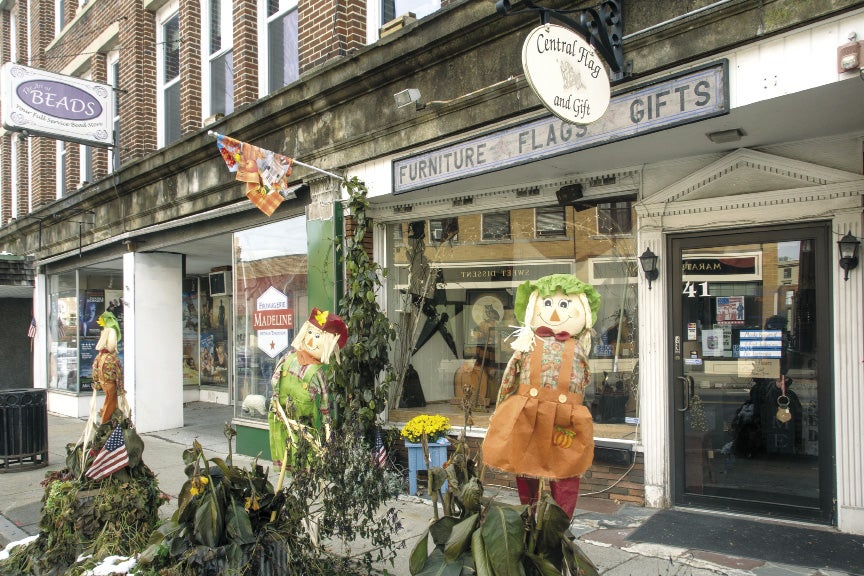
At the encouragement of a city councilor, Mazzarella reasoned opening his business there might instill some optimism into others.
“We did three grand openings within a month in the same building,” Mazzarella.
Still, turning Leominster’s downtown around has been far from easy. The town doesn’t have an immediate attraction like ocean-front property, he said. It’s taken a lot of work.
“We had to make it happen, to work with a whole lot of people at a grassroots [level]... in the trenches,” he said.
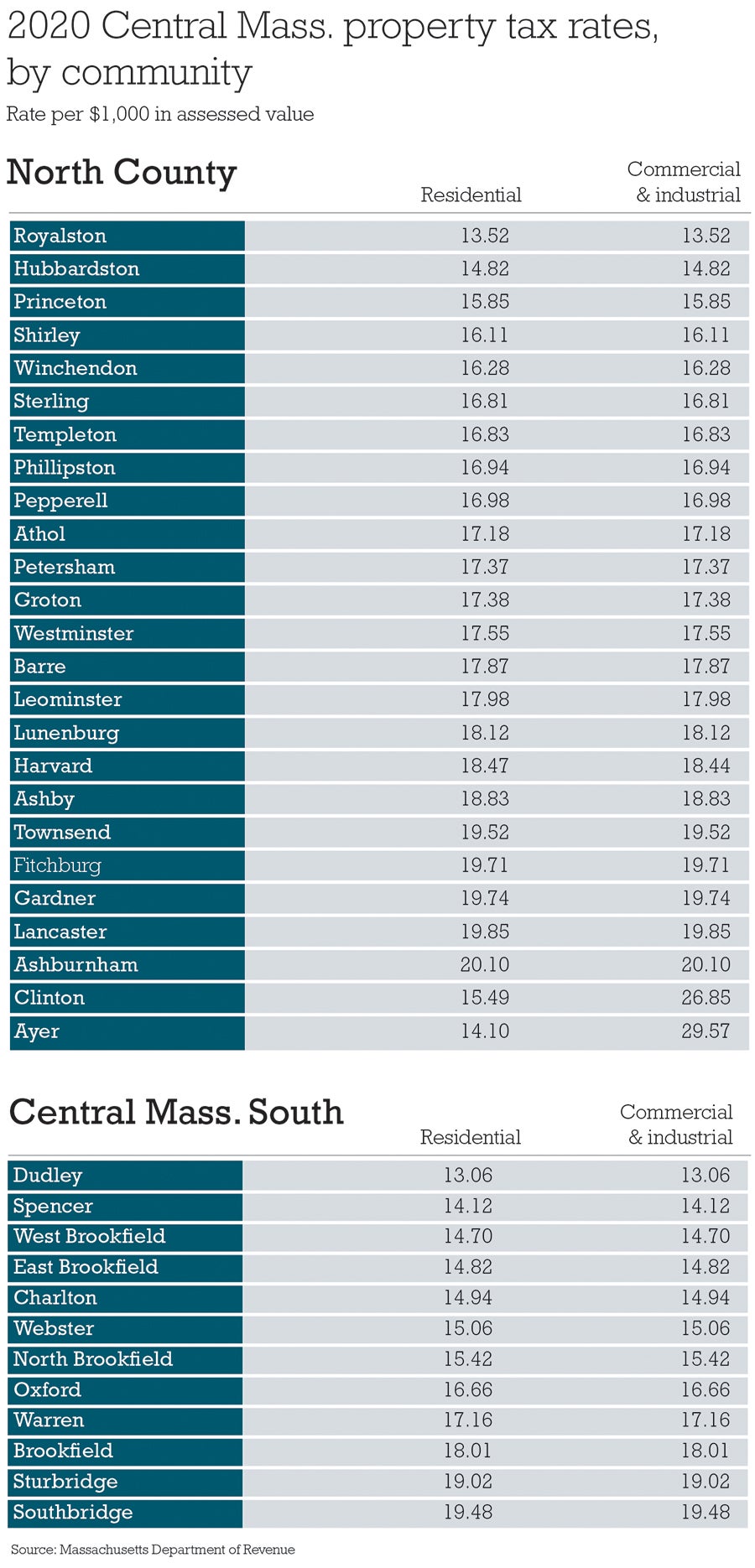
Seeking pedestrians
West of Worcester, on Rt. 9, in Westborough, is a Main Street with a handful of long-established mom-and-pop shops and a smattering of residential units, which Town Planner Jim Robbins said has been the case for about a century.
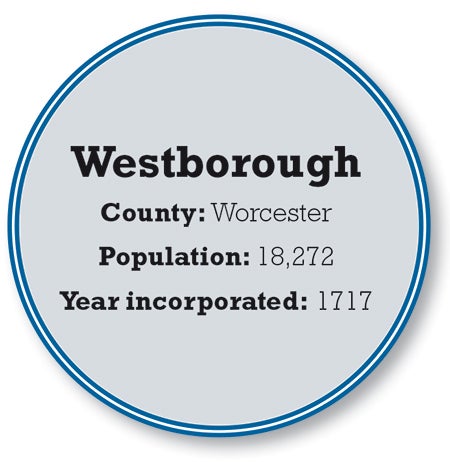
Westborough’s downtown – and the town itself – literally revolves around the rotary in the center of five intersecting streets, but it has sprawled outward. The former Bay State Abrasives industrial site was converted into what is now Bay State Commons, a brick shopping and residential complex boasting 250,000 square feet of commercial, retail and residential space, topped with a 64-unit condominium project and a two-acre park, the latter of which is owned by the town.
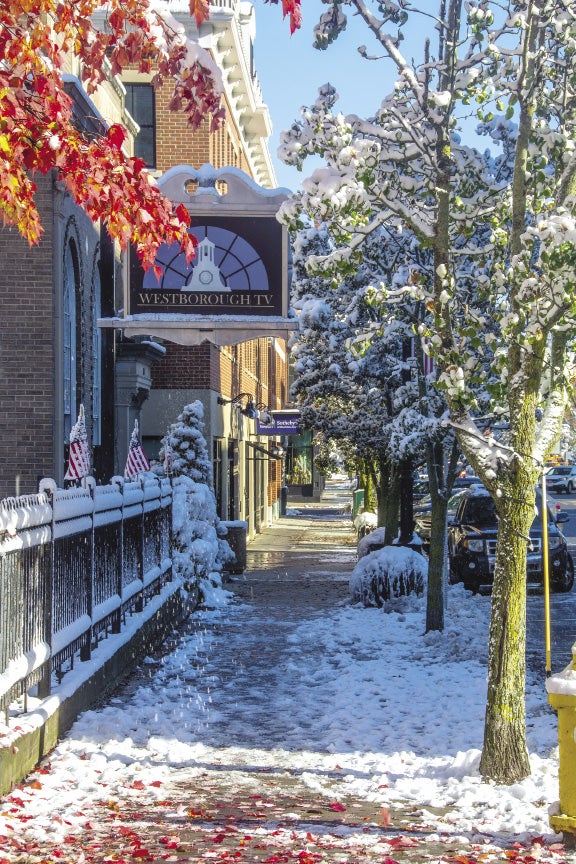
The center opened in 2007 and immediately suffered significant vacancies due to the recession, but has since bounced back. Robbins estimated commercial space is 80% full, with the residential condominiums now at capacity.

Although not part of the traditional, older Main Street area, it was designed to match the styles of the buildings in the town’s center, functioning as a sort of Main Street district addendum.
Outside of Bay State Commons, downtown Westborough is anchored by an array of small businesses ranging from restaurants to thrift stores and salons – an ideal mixture for many town planners. The next major goal, Robbins said, is to bolster residential opportunities.
“It makes sense to have more density for residential in the downtown because people can walk to all the services – the restaurants, the retail, town hall, the library – all of those services are in the downtown,” Robbins said. “We want people to walk to them instead of drive to them.”
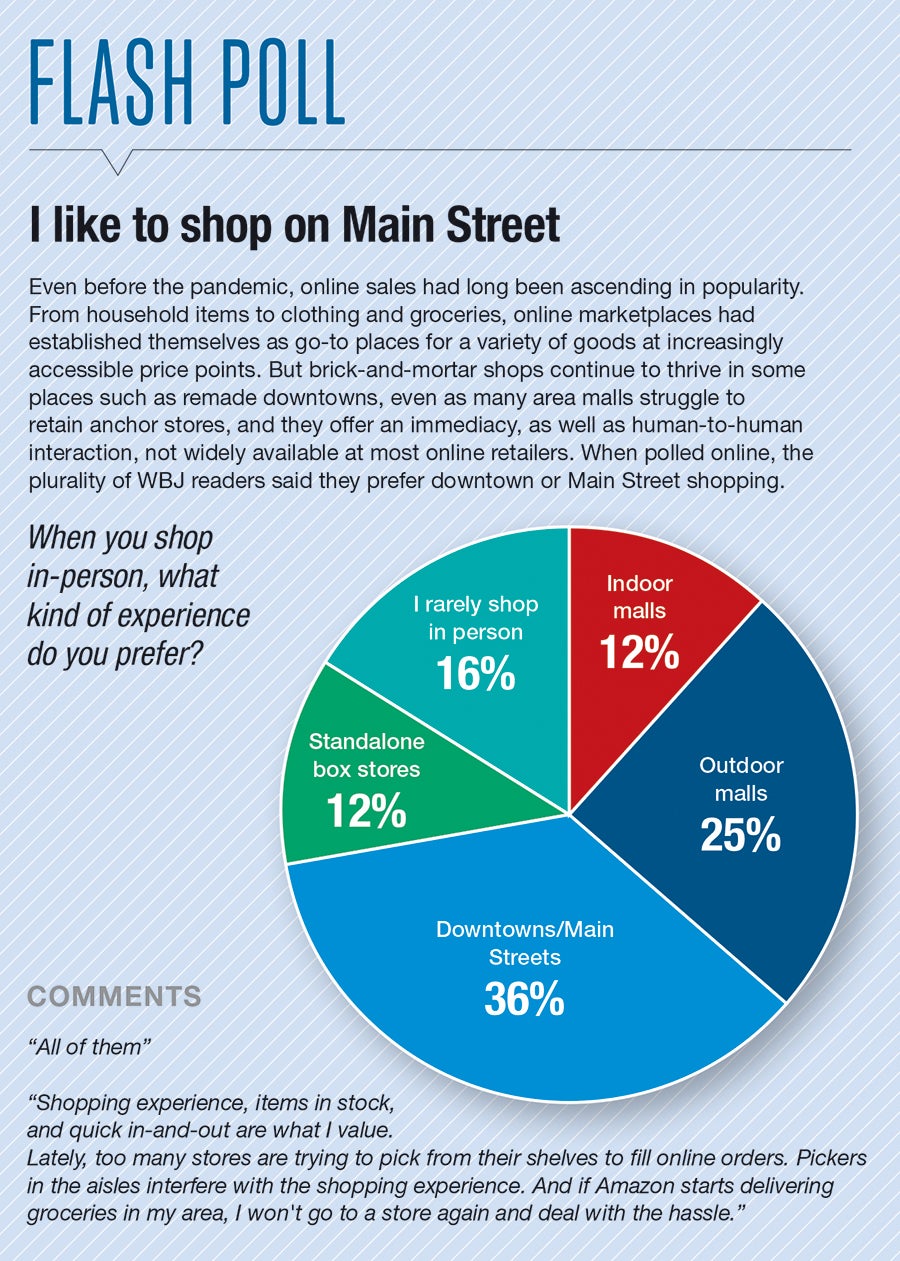
The town is pursuing this by working with property owners and developers, adjusting zoning regulations as needed.
“That's a very popular development style right now across the country, creating vibrant downtowns and bringing residential uses back into the center of town,” Robbins said. “You can't do that without a diverse business base to attract people, because why would you want to live in the downtown if you didn't have good businesses to attract you, to take advantage of?”
Westborough is in the process of updating its town master plan, Robbins said, which includes paying attention to how best it might continue developing its downtown sector.
“We want to create a more pedestrian-friendly downtown,” he said.
